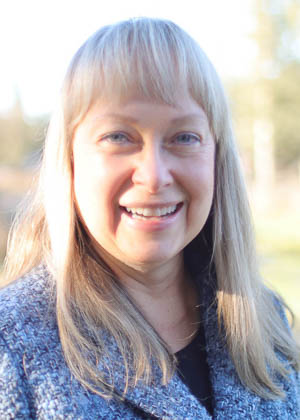by Gila Hayes
In a Crime Prevention Research Center email last month John Lott confirmed and put numbers behind what most of us knew instinctively, writing, “Data shows that while violent crime soared in 2020, violent crime with guns fell dramatically by 27%. Increased gun sales can’t drive the rise in violent crime if the share of violent crime committed with guns drops, let alone drops dramatically.”
So much for the spin anti-gun politicians put on the quietly expanding numbers of armed citizens. The conservative voting base hasn’t expanded at the same rate, I am afraid. Recognizing the uptick in gun sales makes me wonder what are the views of these newer members of armed citizenry? Where do we align and where do we differ?
I am a big fan of the analysis of sociology professor David Yamane who provides a scholarly look that is more attuned to the “from the outside looking in” views about firearms ownership from outside the entrenched numbers of long-time gun owners – many, like me, raised in the ‘50s and ‘60s in gun-owning families – to whom nothing makes more sense than having guns for utility around the ranch, personal protection and home defense.
Yamane blogs at GunCulture2.0 and at GunCurious where he directs his comments at those who are “interested in guns but unsure.” His observations are, for me, always illuminating and valuable. I recently read Professor Yamane’s updated Concealed Carry Revolution: Liberalizing the Right to Bear Arms in America. If you haven’t, may I recommend it?
With the typical human tendency to long for the “good old days” while decrying the dreadful state of society today, I loved Yamane’s observations that not only was the West never the armed-to-the-teeth environment popular entertainment made it out to be, but likewise, laws controlling carrying concealed weapons were in effect in the so-called wild, wild West and are nothing new. He writes that even earlier, in the old England our fore bearers fled, possessing arms for self-preservation was limited to Protestant men who owned property. Interestingly, early American colonists enforced the same restrictions in the Massachusetts Bay colony.
After the American Revolution, you’d think Americans would have held the right to guns for personal protection in higher regard, but, as Yamane reminds readers, the various states began banning concealed carry throughout the first half of the 1800s, although historians observe that the practice of carrying guns on one’s person was not rare. “In the 1920s and ‘30s a number of states adopted gun restrictions based on a model law called the ‘Uniform Act to Regulate the Sale and Possession of Firearms.’”
Yamane opines that “The most interesting and important developments in terms of gun laws have always taken place at the state level” although he acknowledges the 1934 National Firearms Act, 1938 Federal Firearms Act, and the 1968 Gun Control Act. Least national gun control campaigns eclipse laws that more broadly affected life every day, he notes that the early 1900s saw a rash of state law restrictions on carry concealed, best illustrated, perhaps by New York’s Sullivan Act of 1911. Gun owner associations of the time (like the NRA), more concerned with freedom to keep guns for hunting and sporting pursuits, offered model legislation granting states discretion to license concealed carry in exchange for promises that “reputable” citizens would be allowed to possess firearms.
I’ve always gotten a little hot under the collar at the idea of a government-appointed bureaucrat making decisions about who qualifies as “reputable” (beyond making contributions to political campaigns, of course) so I was interested in Yamane’s more scholarly recounting of the history of concealed carry laws.
Most of what we now consider shall-issue started in the early 1960s but it was the mid-1980s to the early 2000s that brought a “massive expansion in the number of states with liberalized concealed carry laws,” he writes. “Just over 100 years after New York passed the influential may issue Sullivan Law, 40 out of 50 states had adopted liberalized concealed carry laws under which officials could not deny a permit to a citizen as long as that citizen met certain basic requirements.” More recently, foremost in the movement for concealed carry rights at the state level is permitless carry, he observes.
I found his chapter on variations in training required for concealed carry licensing equally interesting because even Network members sometimes write that they find it odd that some states require no training whatsoever before issuing a concealed carry permit. Yamane’s viewpoint? “Requiring a meaningful training course as a prerequisite for receiving a concealed carry permit would have the unintended – or, perhaps for some, intended – consequence of creating a substantial barrier to the exercise of the right to bear arms, and one that discriminates especially against those who are more socially and economically disadvantaged.”
These were just a few ideas and facts that I found interesting in Professor Yamane’s book. I’ve noted with interest that he is an active video blogger on You Tube, with more good stuff about current attitudes toward guns in America today, headlined recently as “the changing face of gun owners today.” May I recommend that you join me as a regular reader/viewer at https://guncurious.wordpress.com? We need to hear voices from outside the ranks of the long-time gun owners!
To read more of this month's journal, please click here.

